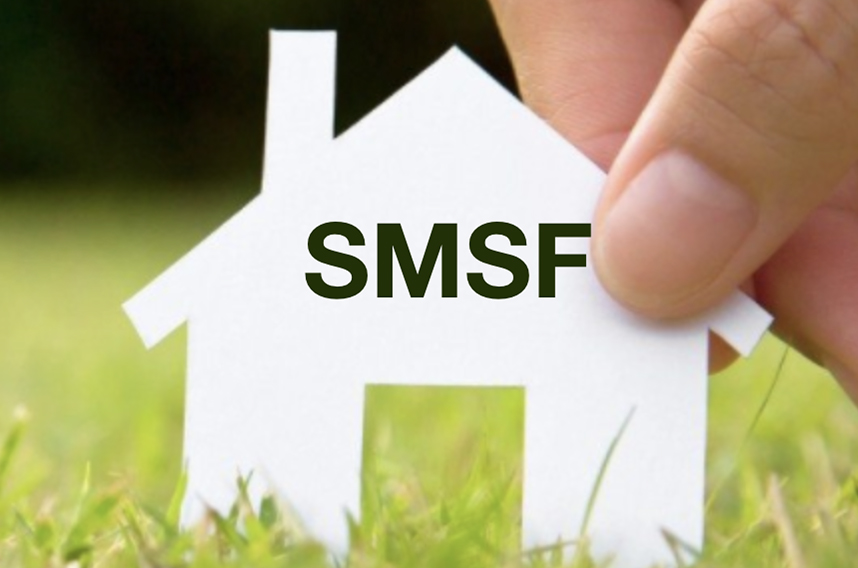
Self-Managed Super Funds (SMSFs) are becoming increasing popular and with the strength and resilience of Australia’s property markets, it is no wonder that more and more people are looking at how they can buy an investment property in a SMSF to boost their retirement savings. When buying a property in a SMSF it is really important that the strategy aligns with your overall investment goals and that you understand all the pro’s, con’s, and the risks involved.
What is a Self-Managed Super Fund?
A Self-Managed Super Fund (SMSF) is a private superannuation fund that you manage yourself in order to provide financial benefit to the members in retirement. The maximum number of members of an SMSF is four individuals.
Advantages of SMSFs:
- SMSFs can have up to four members, which means that one of the main advantages of having your retirement funds in a SMSF is the level of control that the trustees have to be able to manage how their retirement savings are invested to suit their specific needs.
- SMSFs provide a wider range of investment choices compared to other superannuation funds. Artwork and other collectables, physical gold and investments in some unlisted entities are all permitted within an SMSF.
- Managing your own superannuation means you have the flexibility and control to make investment decisions quickly.
- Creditors cannot generally access an individual’s superannuation. That is unless clawback laws apply where someone has deliberately transferred their assets into a SMSF to escape paying their creditors.
- Reduction in tax- your super fund’s tax is lowered to 15 per cent which is a rate lower than for an individual’s income tax. You may also benefit from capital gains tax being reduced if you sell an investment property during the accumulation phase. If you sell the property when your super is in the pension phase, then it’s tax-free.

Disadvantages of SMSFs
- You are taking responsibility of all investment decisions so should have knowledge and reasonable understanding of all investment options.
- Poor investment decisions will have a direct impact on the fund.
- Self-managed super funds require a considerable amount of time and effort to ensure investments are managed properly or you need to employ an SMSF administration manager.
- There are stringent criteria to be complied with to ensure the SMSF remains compliant with the law.
- Set-up fees. There is a cost of running a SMSF which can be disadvantageous if the assets in the SMSF are low value. There is a $2000 initial set up fee for your SMSF, plus there are also adviser fees, accountant fees and ongoing annual costs to factor into your expenses.
- Loans using SMSF funds can be more costly than other property loans.
How to buy an investment property in a SMSF.
In Australia, the ATO reports that approximately 15% of SMSFs are set up to invest in direct property (commercial and residential property investment).
There are a few criteria to meet if you want to investment in property using your SMSF. You must:
- Meet the SMSF’s sole purpose of providing retirement benefits and
- Fit with the SMSF’s investment strategy
It is important to keep in mind that when purchasing property with your SMSF you will only be able to buy residential and commercial properties and that your primary place of residence (your family home) cannot be bought with an SMSF.
Another important thing to note is that there are no loopholes. The tenants of your investment properties cannot be funded, members of the SMSF, or relatives which is to ensure that your investment property is only to be purchased for the purpose of providing retirement benefits to the members.

Restrictions:
-The property must meet the ‘sole purpose test’ of solely providing retirement benefits to fund members.
– The property purchased must not be from a related party of a fund member.
– The property cannot be lived in or rented by a fund member or any related parties of a fund member.
– If purchasing a commercial property, it can be leased to a fund member or related parties of a fund member for their business – as long as it is solely used for business purposes. However, it must be leased at the market rate and follow specific rules.
– You may undertake normal repairs and maintenance to the property, however, under the Limited Recourse Borrowing Arrangement (LBRA) rules, improvements and renovations are not allowed. Any maintenance or repairs made cannot result in the property becoming a new asset.
Borrowing to buy an investment property in a SMSF.
If you are intending to borrow money from a lender to purchase your investment property, the lenders will generally require the SMSF to have a corporate trustee structure. Depending on the circumstances, most lenders will be willing to lend up to 80% of the value of a property.
Borrowing to buy a property in a SMSF has strict conditions and all loans must be taken up using a Limited Recourse Borrowing Arrangement (LRBA).
Another thing to be aware of is when buying an investment property using SMSF, your loan repayments must come from your SMSF’s bank account. Therefore, you will need to ensure your fund always has sufficient cash flow to meet repayments.
How much money do I need?
For a SMSF to be a cost-effective option you would generally want to have a minimum of $200,000 in existing super savings. If you have less than $200,000 in super, then your existing fund fees are generally cheaper, so setting up a SMSF wouldn’t be considered a cost-effective strategy.
Is buying an investment property in a SMSF right for me?
If you want to purchase an investment property in a SMSF, it must be to solely provide a source of retirement income to fund members and not just because you want to buy an investment property.
It is important that you are buying the investment property for the right reasons, and that you have a clear retirement strategy in mind when deciding if buying property in a SMSF is right for you. You should also weigh up all the risks and rewards of investing to inform your decision.
It is highly advisable to speak to a financial planner and advisor before considering purchasing property in a SMSF.
If you are looking for a buyer’s agent to assist you with purchasing a home or investment property in the Sydney, Brisbane and Newcastle regions, as well as SA, TAS, ACT, VIC, NSW & QLD please get in touch with Lloyd Edge and his team at Aus Property Professionals here or give us a call on 1800 146 837!


